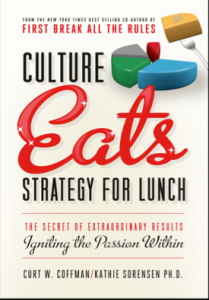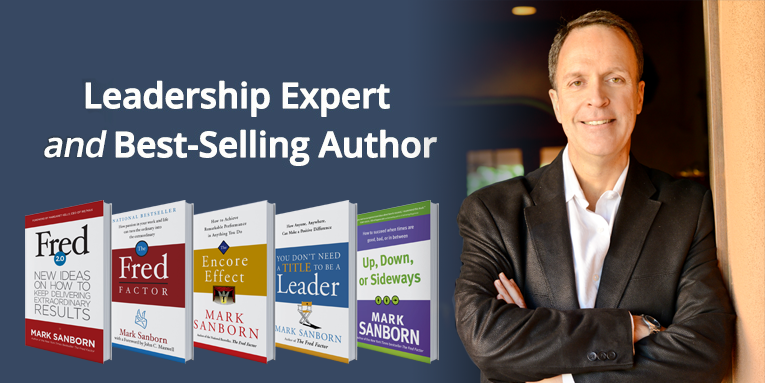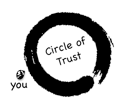Curt Coffman lives in the same neighborhood as me in South Denver. He’s also a long time friend and renown  management thinker. He and Kathie Sorensen have written a new book, Culture Eats Strategy for Lunch. In it, Curt and Kathie demystify culture and explain how to work within it and shape it to drive results. I asked Curt to share some of his insights in the guest blog that follows.
management thinker. He and Kathie Sorensen have written a new book, Culture Eats Strategy for Lunch. In it, Curt and Kathie demystify culture and explain how to work within it and shape it to drive results. I asked Curt to share some of his insights in the guest blog that follows.
The In-or-Out Leader, Manager, Coach: Beware the troll beneath the bridge.
by Curt Coffman
The concept of in-or-out leadership is quite easy to understand. In fact, Robert De Niro clarified it perfectly in Meet the Parents.
In the movie, De Niro points out to his prospective son-in-law, Ben Stiller that he would never truly be in the “circle of trust.” Leaders are not always as verbal as De Niro, but their people get the message, nonetheless.
Think of the circle as the leader’s domain where he or she controls time, reverence, and who gets heard. At any given time, there are people inside the circle and people outside the circle.
This may sound similar to the politics you experienced in middle school, because there are—unfortunately—many similarities between these two environments. All constituents are fearful, and thus their behaviors, choices, and decisions are all reflective of that fear.
Seemingly, the only real beneficiary of in-or-out leadership is the leader himself, as the leader is never challenged to see anything, including his or her own leadership, differently. Why? Because everyone (inside and outside of the circle) is fearful of creating any discord and consequently being either kept out or cast out.
Yet, for the leader, this results in an extremely myopic view of the world and reinforces a chronically inward-facing strategy. The only way this leadership influence can continue is for everyone to be constantly threatened regarding his or her position in the circle. When someone gets too comfortable being inside, he or she forces issues disrupting the equilibrium and thus needs to be kept in check.
The challenge to this model only occurs when certain players don’t care if they are inside or outside the circle. The leader, with no leverage, has only one recourse: eliminate the person from the organization.
While this dynamic is so basic, it is precisely the reason why innovation, increased capacity, and growth are so difficult and complicated to achieve.
The nature of this model, “In and Out,” demands conformity—everyone has to drink the metaphoric “Kool-Aid.”
Innovation gets redefined as reasonable changes within a comfortable framework. Few big risks are taken, and work systems are kept in place regardless of their efficiency. Past innovations that defined the company are staunchly defended—carved in granite. Competitive advantage becomes a courtroom issue, and exciting, relevant innovations cease to exist. Great people flee these organizations and innovate elsewhere.
Leaders today are functioning under increased pressure to build value. The uncomfortable realization of “maybe it’s me” is both frightening and liberating for the leader who has perpetuated this cycle.
Leaders must embrace those they need the most versus holding them hostage.
There is vulnerability in listening to the market, customers, and employees, being committed to hearing whatever they would say, rather than silencing them for comfort’s sake.
This is one of the most difficult aspects of leadership—to self-assess. Nonetheless, to keep relevant, it behooves every leader and manager to ask: Is it me?











